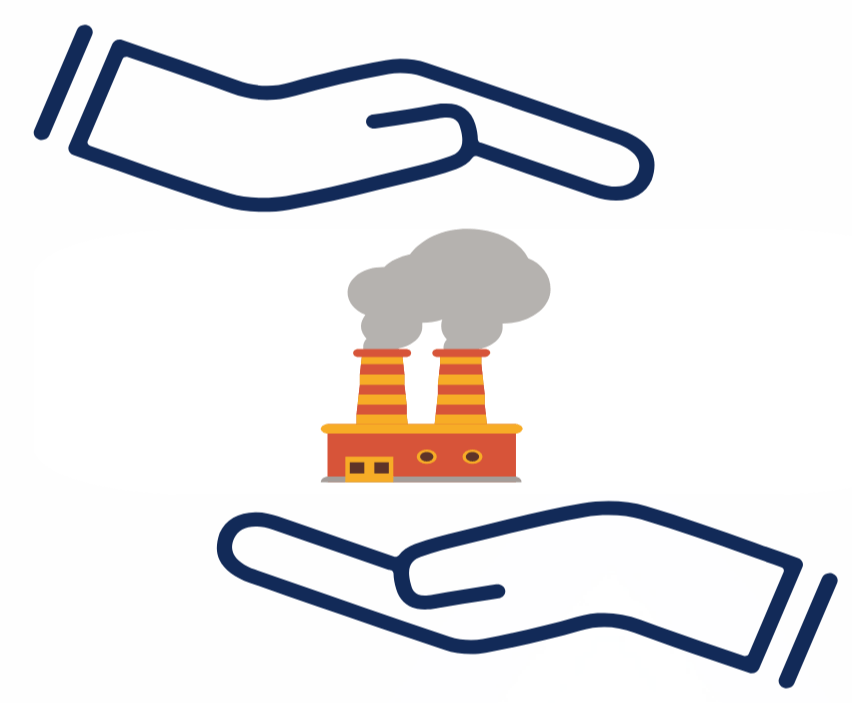
Over 2 million + professionals use CFI to learn accounting, financial analysis, modeling and more. Unlock the essentials of corporate finance with our free resources and get an exclusive sneak peek at the first chapter of each course. Start Free
The infant industry argument, a classic theory in international trade, states that new industries require protection from international competitors until they become mature, stable, and are able to be competitive. The infant industry argument is commonly used to justify domestic trade protectionism.

The infant industry argument was initiated by Alexander Hamilton in 1791 when he argued for the protection of industries in the United States from imports from Great Britain. Later on, Friedrich List published his book, National System of Political Economy, in 1841, which helped refine, formulate, and provide a comprehensive overview of the infant industry argument.
An infant industry is a term used in economics to describe an industry that is in its early stages of development. In other words, an infant industry is a newly established industry. Therefore, infant industries lack the experience and size to compete effectively against established competitors abroad. An infant industry is characterized by a lack of efficiency, competitiveness, and a high vulnerability to sudden market changes.
Consider a country that traditionally imports cars from overseas and has no domestic production of cars. The creation of a domestic automotive industry would be an example of an infant industry.
The main rationale behind the infant industry argument is that new industries require protection because they lack the economies of scale that competitors possess. Infant industries lack the capabilities to leverage their existing production and require protection until they can acquire similar economies of scale.
In addition, there are various other reasons behind the infant industry argument:
There are several criticisms of the infant industry argument:
There are a number of ways to protect an infant industry. The three most common methods are:
An infant industry can be protected by imposing tariffs on imports. A tariff is a tax or duty on the volume of imports. Tariffs can either be (1) a fixed dollar charge for each unit imported or (2) a percentage tax levied on the value of the imported good. The Smoot-Hawley Tariff of 1930 is a famous example of tariffs aimed at protecting the U.S. agriculture industry from European agricultural imports.
An infant industry can be protected by imposing a production subsidy for domestic production. A production subsidy is a payment made by the government to producers; production is subsidized by the government. Similar to tariffs, production subsidies can either be (1) a fixed dollar subsidy for each unit produced or (2) a percentage subsidy on the value of the produced good.
An infant industry can be protected by imposing a quota on imports. A quota is a limit on the number of goods that can be imported within a specific time period.
CFI offers the Financial Modeling & Valuation Analyst (FMVA)® certification program for those looking to take their careers to the next level. To keep learning and advancing your career, the following CFI resources will be helpful:
Become a certified Financial Modeling and Valuation Analyst (FMVA)® by completing CFI’s online financial modeling classes!